SLAU292G November 2009 – July 2015
- Read This First
- 1eZ430-Chronos™ Overview
- 2Getting Started
-
3eZ430-Chronos Software
- 3.1 Overview
- 3.2
eZ430-Chronos Demo Software
- 3.2.1
Detailed Feature Overview - Modes Using the Top LCD Line
- 3.2.1.1 Time Mode
- 3.2.1.2 Alarm Mode
- 3.2.1.3 Temperature Mode
- 3.2.1.4 Altimeter Mode
- 3.2.1.5 Heart Rate Mode - RF Additional accessory or eZ430-Chronos Control Center heart rate simulation required.
- 3.2.1.6 Speed Mode - RF Additional accessory or eZ430-Chronos Control Center heart rate simulation required.
- 3.2.1.7 Tilt Mode
- 3.2.2
Detailed Feature Overview - Modes Using the Bottom LCD Line
- 3.2.2.1 Date Mode
- 3.2.2.2 Stopwatch Mode
- 3.2.2.3 Battery Voltage Mode
- 3.2.2.4 Acceleration Mode - RF
- 3.2.2.5 PowerPoint Mode - RF
- 3.2.2.6 Sync Mode - RF
- 3.2.2.7 Calorie/Distance Mode - RF Additional accessory or eZ430-Chronos Control Center heart rate simulation required.
- 3.2.2.8 Wireless Update - RF
- 3.2.1
Detailed Feature Overview - Modes Using the Top LCD Line
- 3.3 eZ430-Chronos Control Center PC Software
- 3.4 eZ430-Chronos Data Logger
- 3.5 Data Logger PC Software
- 3.6
eZ430-Chronos Software Projects
- 3.6.1 IDE Installation
- 3.6.2 eZ430-Chronos Software Flow
- 3.6.3 eZ430-Chronos Wireless Update Feature
- 3.6.4 eZ430-Chronos Firmware
- 3.6.5 eZ430-Chronos GUI Sources
-
4eZ430-Chronos Hardware
- 4.1 Programming the eZ430-Chronos Wrist Module: Disassembly and Assembly of the Housing
- 4.2 Functional Description of the eZ430-Chronos Wrist Module
- 4.3 Functional Description of the eZ430-Chronos RF Access Point
- 4.4 Functional Description of the eZ430-Chronos Debug Interface
- 4.5 Schematics, Layout, BOM, and LCD
- 4.6 Access Point Schematics, Layout, and BOM
- AFrequently Asked Questions
- BDetailed Hardware Driver Installation Guide
- Revision History
4.5.3 eZ430-Chronos-868 and -915 Wrist Modules With Black PCB
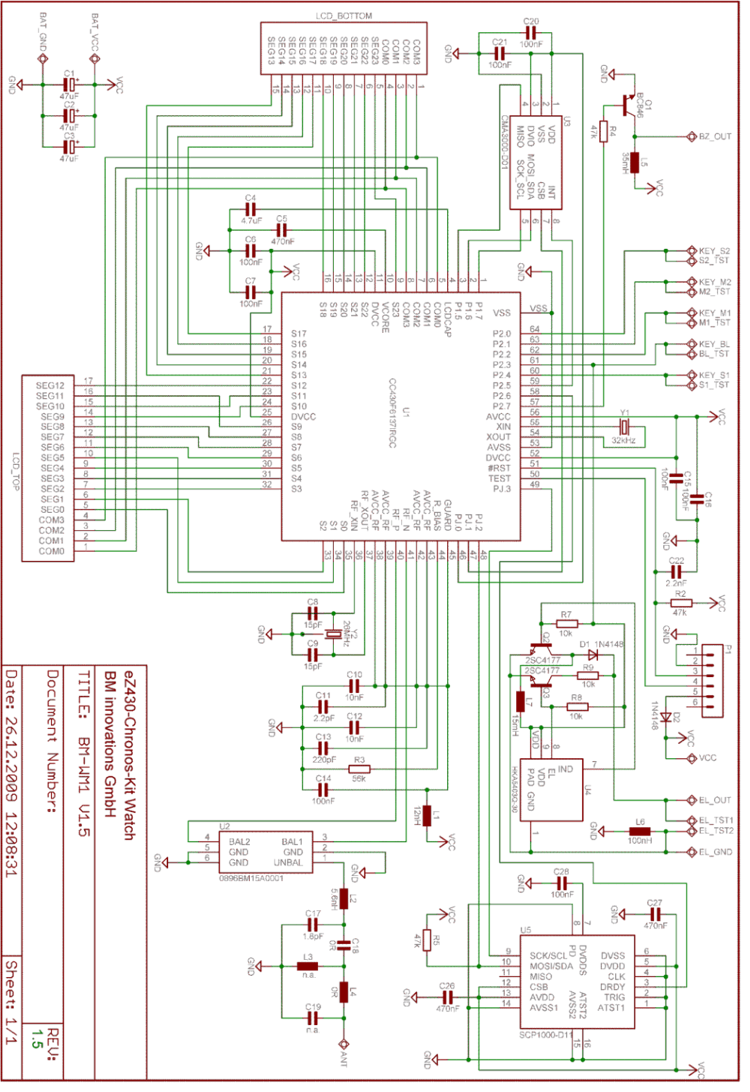 Figure 4-27 eZ430-Chronos-868 and -915 Wrist Modules With Black PCBs, Schematics
Figure 4-27 eZ430-Chronos-868 and -915 Wrist Modules With Black PCBs, Schematics 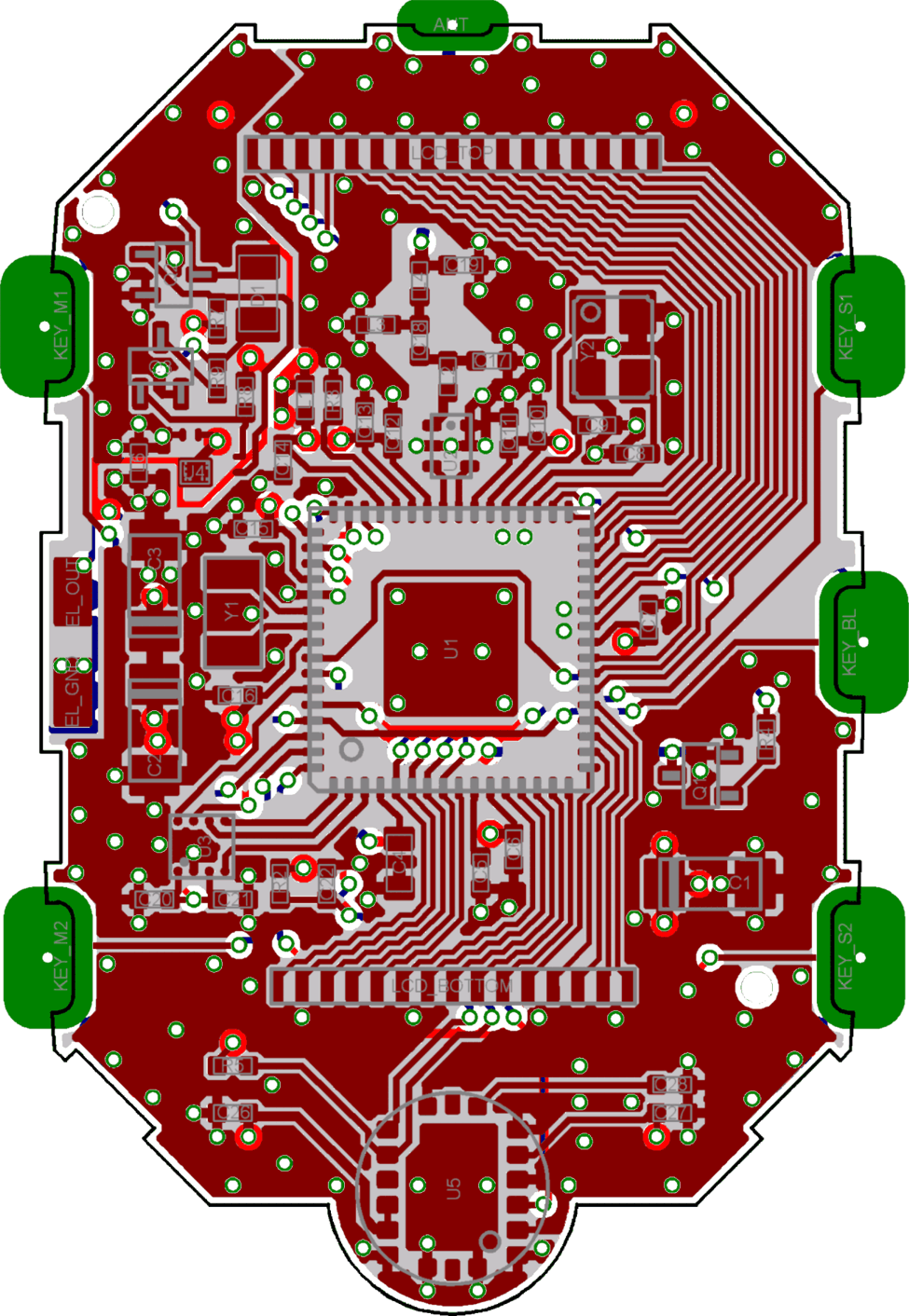 Figure 4-28 eZ430-Chronos-868 and -915 Wrist Modules With Black PCBs, PCB Components on Top Layer
Figure 4-28 eZ430-Chronos-868 and -915 Wrist Modules With Black PCBs, PCB Components on Top Layer 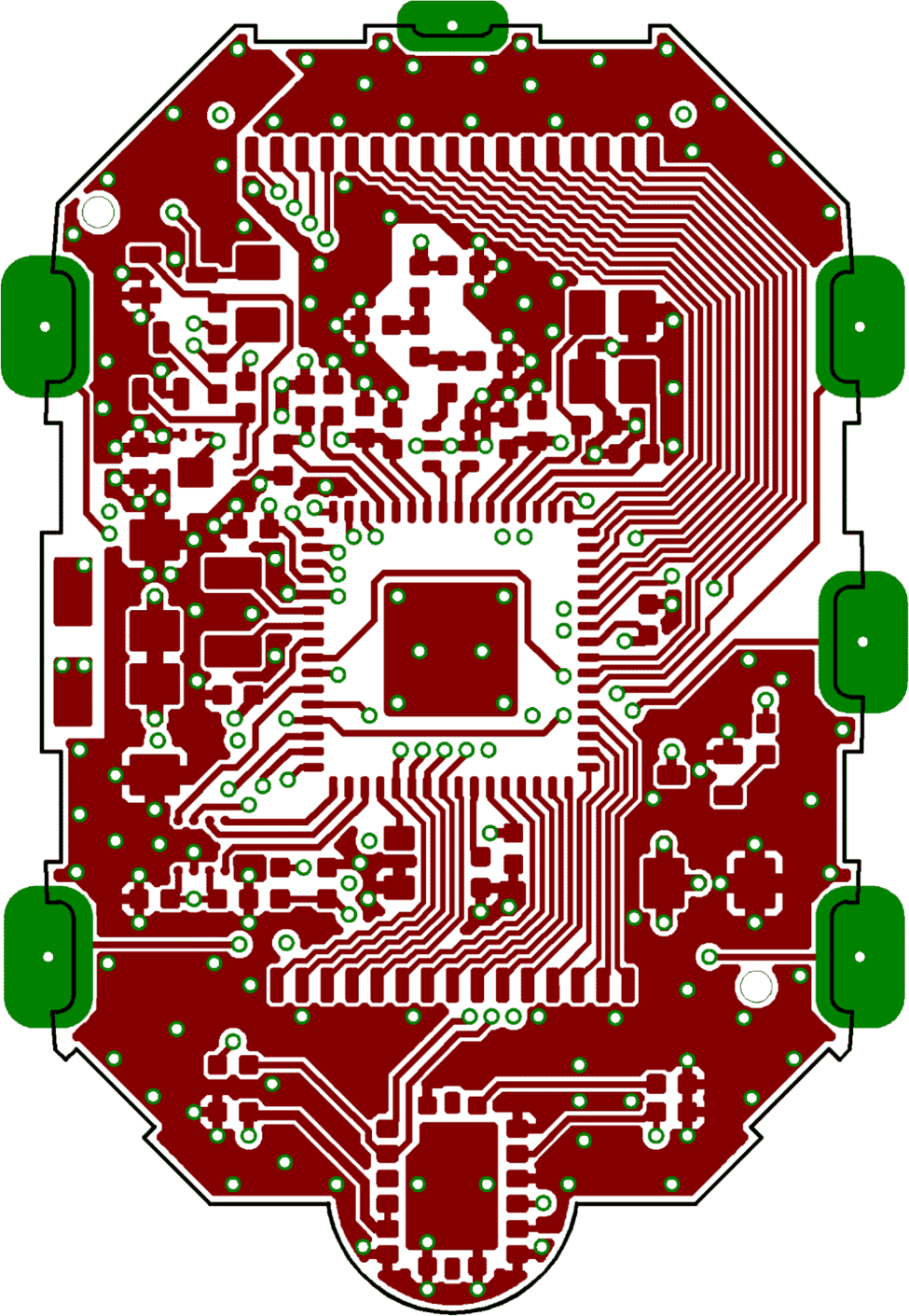 Figure 4-29 eZ430-Chronos-868 and -915 Wrist Modules With Black PCBs, Layout Top Layer (LCD Side)
Figure 4-29 eZ430-Chronos-868 and -915 Wrist Modules With Black PCBs, Layout Top Layer (LCD Side) 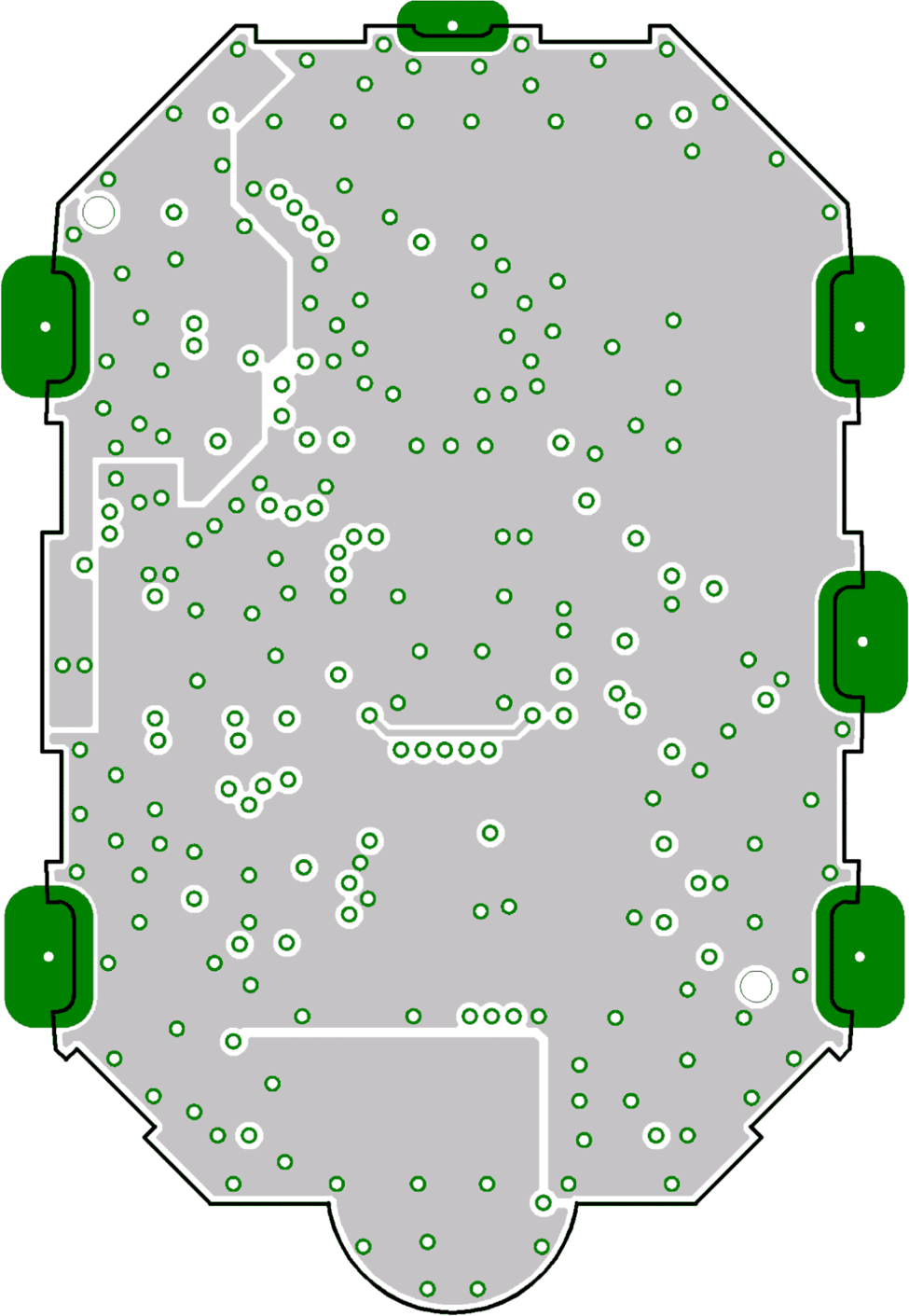 Figure 4-30 eZ430-Chronos-868 and -915 Wrist Modules With Black PCBs, Layout Second Layer
Figure 4-30 eZ430-Chronos-868 and -915 Wrist Modules With Black PCBs, Layout Second Layer 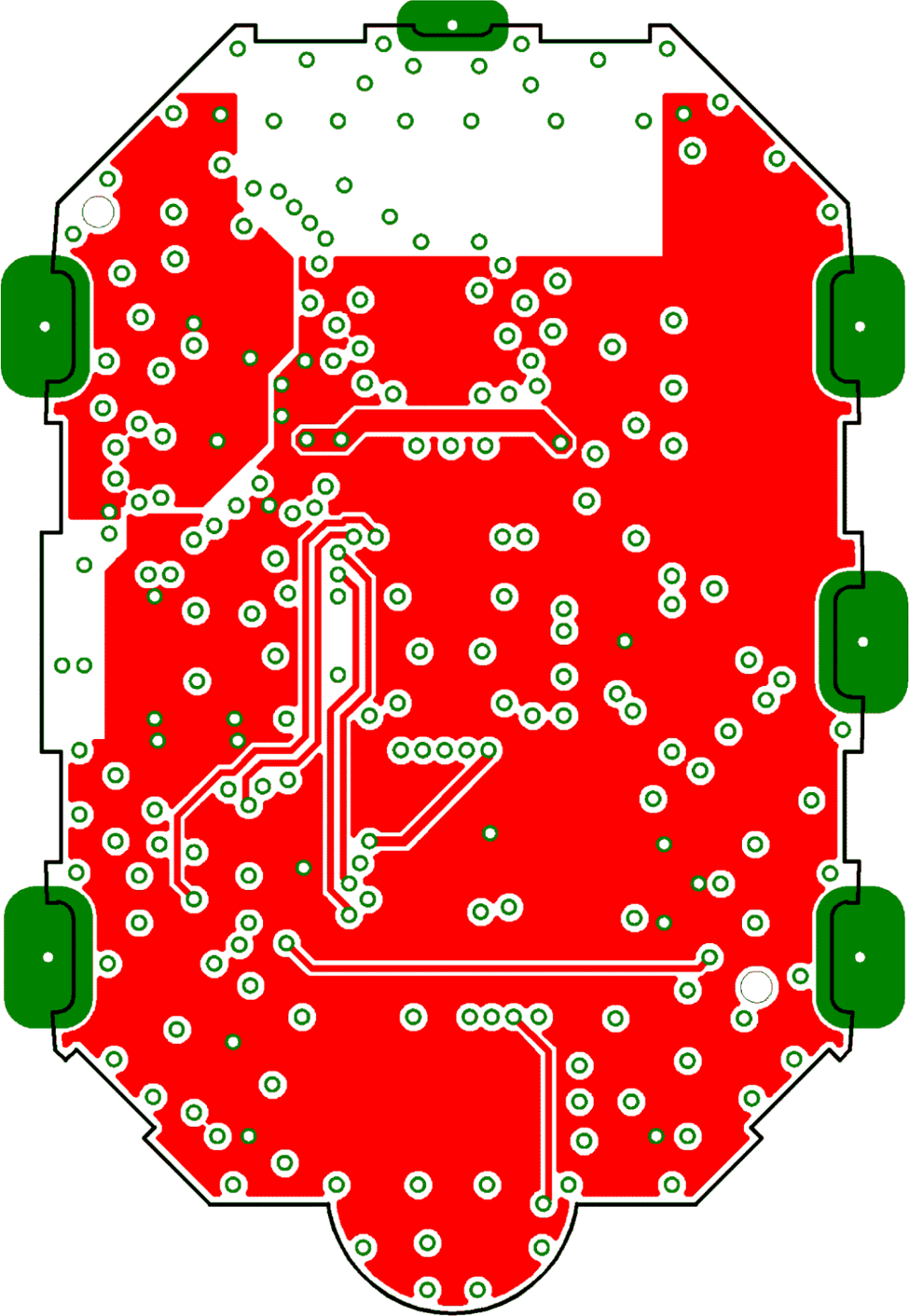 Figure 4-31 eZ430-Chronos-868 and -915 Wrist Modules With Black PCBs, Layout Third Layer
Figure 4-31 eZ430-Chronos-868 and -915 Wrist Modules With Black PCBs, Layout Third Layer 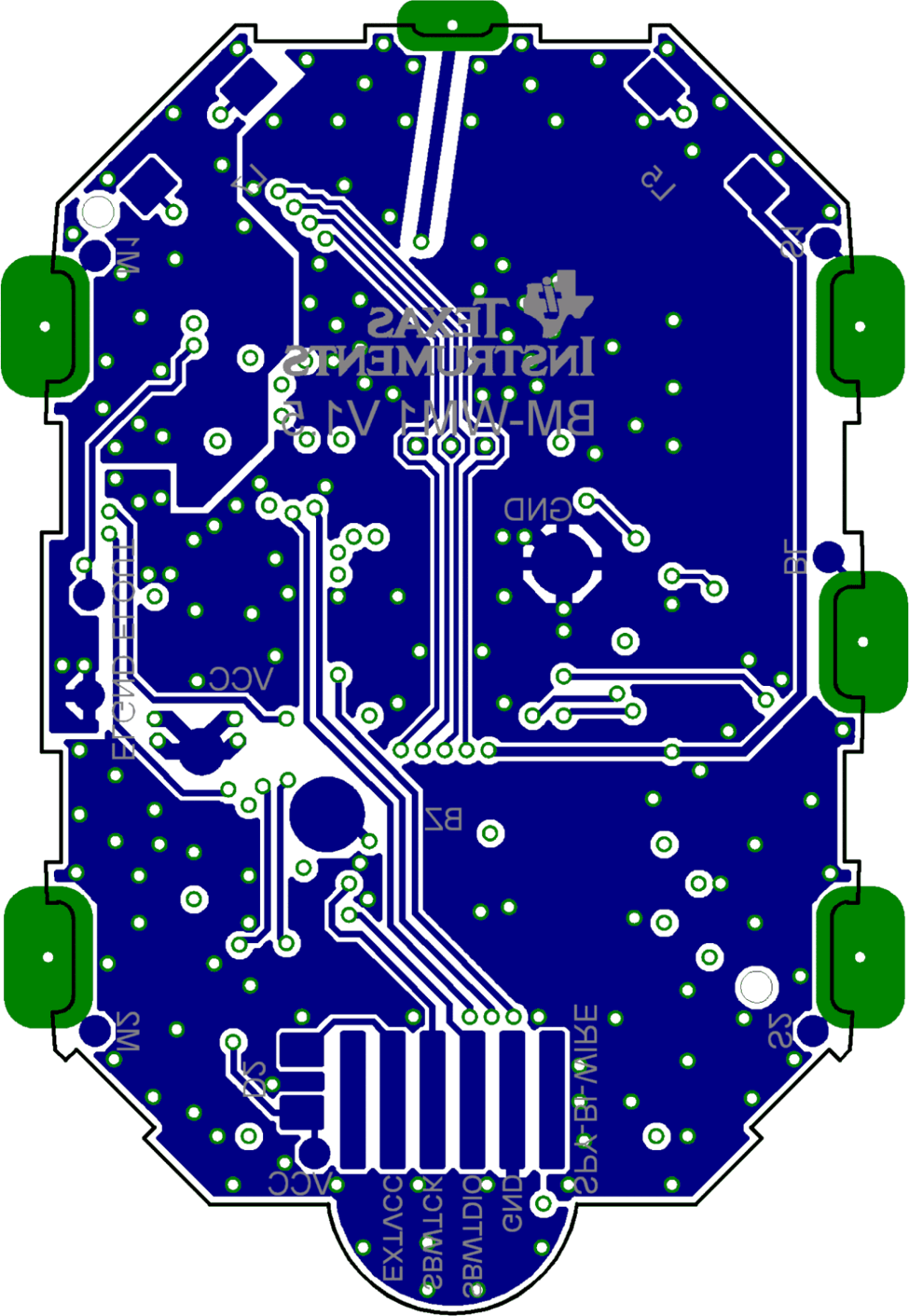 Figure 4-32 eZ430-Chronos-868 and -915 Wrist Modules With Black PCBs, Layout Bottom Layer (Battery Side)
Figure 4-32 eZ430-Chronos-868 and -915 Wrist Modules With Black PCBs, Layout Bottom Layer (Battery Side) Table 4-4 eZ430-Chronos-868 and -915 Wrist Modules With Black PCBs, BOM List
| Designator | Value | Tolerance | Footprint | Description | Manufacturer |
|---|---|---|---|---|---|
| C1 | 47 µF | ±20% | TAJ-A | Capacitor SMD | Tantalum, height max. 1.6mm |
| C2 | 47 µF | ±20% | TAJ-A | Capacitor SMD | Tantalum, height max. 1.6mm |
| C3 | 47 µF | ±20% | TAJ-A | Capacitor SMD | Tantalum, height max. 1.6mm |
| C4 | 4.7 µF | ±20%, X5R | 603 | Capacitor SMD | |
| C5 | 470 nF | ±10%, X5R | 402 | Capacitor SMD | |
| C6 | 100 nF | ±10%, X7R | 402 | Capacitor SMD | |
| C7 | 100 nF | ±10%, X7R | 402 | Capacitor SMD | |
| C8 | 15 pF | ±5%, COG/NP0 | 402 | Capacitor SMD | |
| C9 | 15 pF | ±5%, COG/NP0 | 402 | Capacitor SMD | |
| C10 | 10 nF | ±10%, X7R | 402 | Capacitor SMD | |
| C11 | 2.2 pF | ±0.25pF, COG/NP0 | 402 | Capacitor SMD | |
| C12 | 10 nF | ±10%, X7R | 402 | Capacitor SMD | |
| C13 | 220 pF | ±10%, COG/NP0 | 402 | Capacitor SMD | |
| C14 | 100 nF | ±10%, X7R | 402 | Capacitor SMD | |
| C15 | 100 nF | ±10%, X7R | 402 | Capacitor SMD | |
| C16 | 100 nF | ±10%, X7R | 402 | Capacitor SMD | |
| C17 | 1.8 pF | ±0.1pF, COG/NP0 | 402 | Capacitor SMD | Johanson 500R07S1R8BV4 |
| C18 | 0R | ±5% | 402 | Resistor SMD | |
| C19 | N.A. | ||||
| C20 | 100 nF | ±10%, X7R | 402 | Capacitor SMD | |
| C21 | 100 nF | ±10%, X7R | 402 | Capacitor SMD | |
| C22 | 2.2 nF | ±10%, X7R | 402 | Capacitor SMD | |
| C26 | 470 nF | ±10%, X5R | 402 | Capacitor SMD | |
| C27 | 470 nF | ±10%, X5R | 402 | Capacitor SMD | |
| C28 | 100 nF | ±10%, X7R | 402 | Capacitor SMD | |
| D1 | 1N4148 | 805 | Diode SMD | ||
| D2 | 1N4148 | 805 | Diode SMD | ||
| L1 | 12 nH | ±5% | 402 | Inductor Monolithic SMD | Johanson L-07C12NJV4 |
| L2 | 5.6 nH | ±0.3nH | 402 | Inductor Monolithic SMD | Johanson L-07C5N6SV4 |
| L3 | N.A. | ||||
| L4 | 0R | ±5% | 402 | Resistor SMD | |
| L5 | 35 mH, RDC≤250Ω, IDC≥1mA | ±10% | Inductor Coil | ||
| L6 | 100nH | ±10% | 402 | Inductor Monolithic SMD | |
| L7 | 4mH, RDC≤100Ω, IDC≥10mA | ±10% | Inductor Coil | ||
| P1 | Female Header 1.27mm | Connector SMD | for example, MPE-Garry BL SMD 91-06 | ||
| PCB1 | CUSTOM, solder stop black | PCB, 4 layers, 0.6 mm thick | |||
| Q1 | BC846BW or BC847BW | SOT323 | Bipolar Transistor NPN SMD | ||
| Q2 | BC846BW or BC847BW | SOT323 | Bipolar Transistor NPN SMD | ||
| Q3 | BC846BW or BC847BW | SOT323 | Bipolar Transistor NPN SMD | ||
| R2 | 47k | ±5% | 402 | Resistor SMD | |
| R3 | 56k | ±1% | 402 | Resistor SMD | |
| R4 | 47k | ±5% | 402 | Resistor SMD | |
| R5 | 47k | ±5% | 402 | Resistor SMD | |
| R7 | 10k | ±5% | 402 | Resistor SMD | |
| R8 | 10k | ±5% | 402 | Resistor SMD | |
| R9 | 10k | ±5% | 402 | Resistor SMD | |
| U1 | CC430F6137IRGC | QFN64 | MCU with ISM Transceiver | TI | |
| U2 | 0896BM15A0001 | 896MHz Balun | Johanson | ||
| U3 | CMA3000-D01 | WLP | Acceleration Sensor SPI | VTI | |
| U4 | HKA5403Q-30 | DIE | EL Driver | ||
| U5 | SCP1000-D11 | Pressure Sensor I2C | VTI | ||
| Y1 | 32.768kHz, CL=12.5pF, ESR≤80kΩ | ±20ppm | 3.2 x 1.5 mm2 | Crystal SMD | Microcrystal CC7V-T1A |
| Y2 | 26MHz, CL=10pF, ESR≤40Ω | ±10ppm | 3.2 x 2.5 mm2 | Crystal SMD | Epson TSX3225-X1E000021014300 |